First thing’s first, what is a loveseat? A loveseat is the term used to describe a small sofa which is designed for two people. Although it’s designed for two people, the dimensions are only for a 1.5 seater, making it a unique piece of furniture. That’s why, in this blog, we delve into the loveseat’s long, fascinating history and understand how a loveseat can be used in the modern home.
The History of the Loveseat
The loveseat has a vast history, spanning several centuries. Traced back to the 17th century, the loveseat’s initial intended purpose was not romantic at all.
Back in the day, the loveseat was called “double-chairs” and were designed for practical reasons. During the 17th century, it was fashionable for upper class women to wear large, oversized dresses. The loveseat was developed as a way to accommodate a woman and her large attire. Double-chairs were a symbol of wealth, strictly limited to the upper classes. Often, a loveseat sofa would be handcrafted from the finest woods and upholstered with the most sought-after materials. If one piece of furniture could define status then the double-chair was it.
As time moved on and trends in fashion shifted, women’s attire changed. By the 18th century the desire for women to wear marshmallows style dresses dissolved. As the women’s dress changed, so did the loveseat. This is when the design of the double-chair and its purpose started to evolve. The furniture began to find a new purpose as an intimate setting for two people. And with that the term “loveseat” was first coined.

Fast forward to the 19th century and loveseats started to popup in parlours and formal rooms – slowly being exposed to a wider audience. Although, the loveseat was still an upper class desire. During the Victorian era, society’s thoughts towards romance and intimacy changed, which further increased the popularity of the loveseat. With that, the designs became more elaborate, with hand-painted designs, intricate wooden detailing and luxury upholstery.
The next two hundred years saw the loveseat retain its purpose as an intimate seating for two. But the loveseat design evolved – with many shapes, sizes and styles reflecting the trends of that period – mid-century modern, contemporary and Art Deco. If we look at a loveseat today it’s usually part of a living room set that’s coordinated with a large sofa, and, maybe, an armchair. It’s still a popular way to create an intimate space, a cosy atmosphere, or to add extra seating to small spaces.
Over the years the loveseat has evolved from a functional, practical seating option to a sign of intimacy and romance. And now, a key piece of furniture in interior design. It’s popular for many reasons, but has a long way to go before it takes the crown from a 2 seater sofa or an armchair.
How can a loveseat be used in the home?

It’s all well and good knowing the history of a loveseat, it’s a unique furniture piece with a rich and intriguing past. But, how can it be used in the modern home? What is its practical use for the average Joe? Here we’ve outlined how the loveseat can be used in each room. From the living room to the master bedroom, the hallway to the study, small spaces to the garden. The loveseat is versatile and has a place in almost any setting.
Living room
The living room is the most common area to place a loveseat chair. Often the loveseat is paired with a larger sofa and an armchair to make a coordinated seating arrangement. The sofa and loveseat are usually placed opposite each other, or with the loveseat at a slight angle, with a coffee table in the middle of the room.
Master bedroom
The master bedroom is another popular setting for a loveseat. If the bedroom is big enough then a loveseat can create a cosy corner. A loveseat sofa can either be placed in the corner of the bedroom or at the foot of the bed. It’s the perfect companion to help unwind after a long day – or to simply put its name to the test…
Entryway or hallway
Placing a loveseat in the hallway or entryway can offer an elegant and sophisticated spot to take shoes off. Not only will it make an otherwise unused space welcoming, but it’s an area to reset before entering the house. Usually, we see armchairs in the hallway, but if the space is big enough then a loveseat will be an encouraged upgrade.

Small space seating
Instead of a sofa, a loveseat could be an ideal option for those living in a small apartment where space is limited. A loveseat can be paired with a coffee table and side table, creating a cosy, intimate setting, without taking up too much room.
Study
A study can be an ideal spot for a loveseat – it gives the option to relax for five minutes in between work meetings. Go on, treat yourself to a loveseat. Take a break.
Outside
Being in the midst of the summer, outside is a plausible option for a loveseat chair. Especially if you’re planning to entertain guests and need extra seating. Make sure to check the loveseat’s fabric. The fabric used with indoor furniture is often less durable than that used on outside furniture. If the fabric is for indoor use only, make sure to bring the loveseat indoors after use, and when it rains.
When it comes to the loveseat and its placement in the home, it’s important to think about the flow of traffic and the layout of the room. Once you have chosen a complementary design, think about balance.Using similarly sized furniture items in the room can help the space feel balanced. This will create a positive, welcoming flow. Making sure the design, style, colour and upholstery fits the overall aesthetic is also key to making a loveseat work.
One last thing: If you’re looking for some inspiration on how to style a loveseat, we’ve come up with six loveseat styling tips.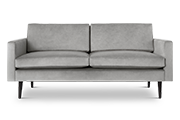
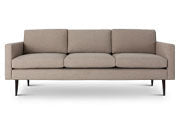 Model 01
Model 01
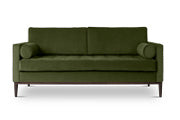 Model 02
Model 02
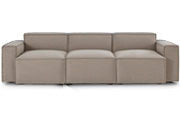 Model 03
Model 03
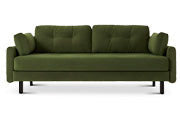 Model 04
Model 04
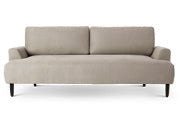 Model 05
Model 05
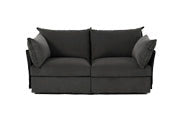 Model 06
Model 06
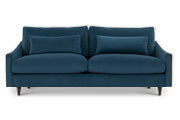 Model 07
Model 07
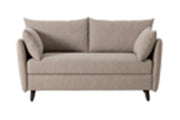 Model 08
Model 08
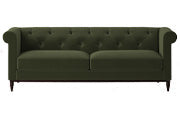 Model 09
Model 09
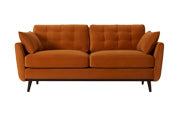 Model 10
Model 10
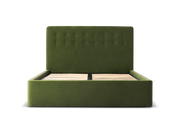 Bed 01
Bed 01
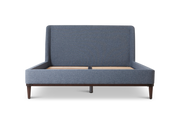 Bed 02
Bed 02
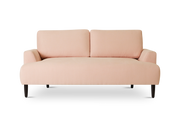
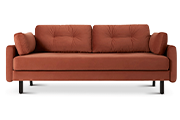
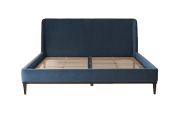
 Single
Single
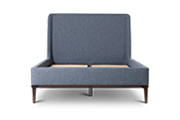 Double
Double
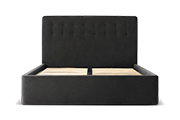 King
King
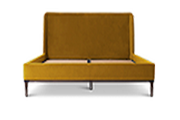 Super King
Super King
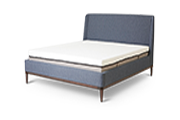 Mattresses
Mattresses
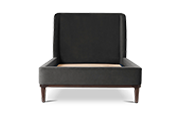 All Beds
All Beds
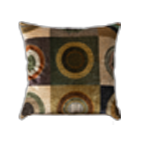
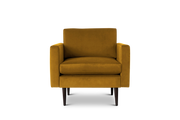
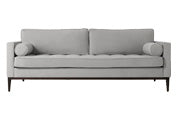
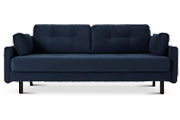




Want more? Discover interior inspiration and exclusive updates
Sign up to our weekly newsletter for more like this.